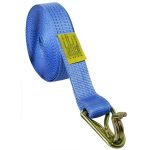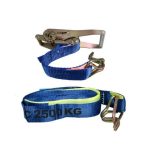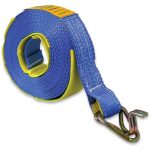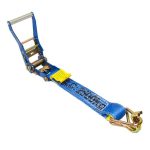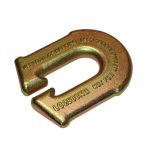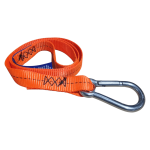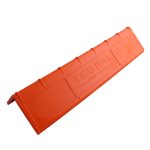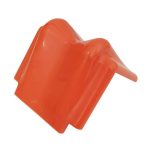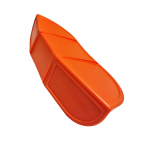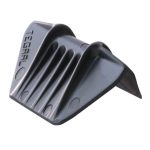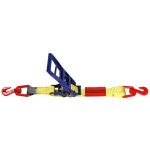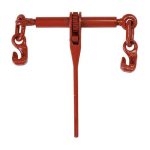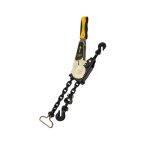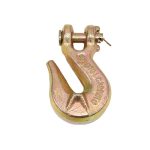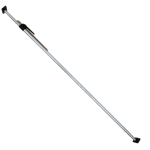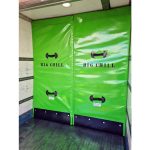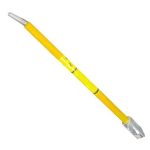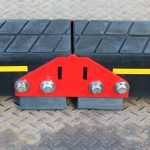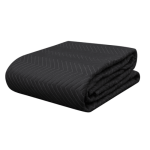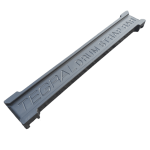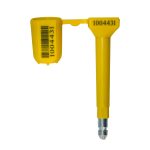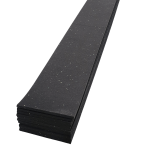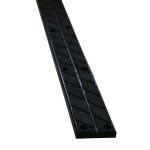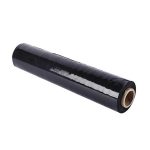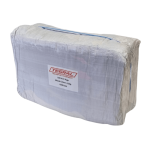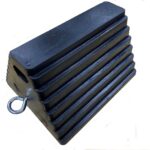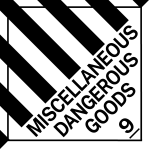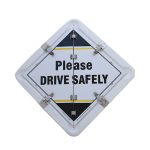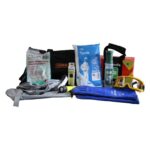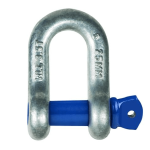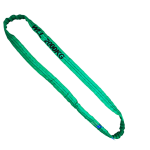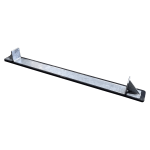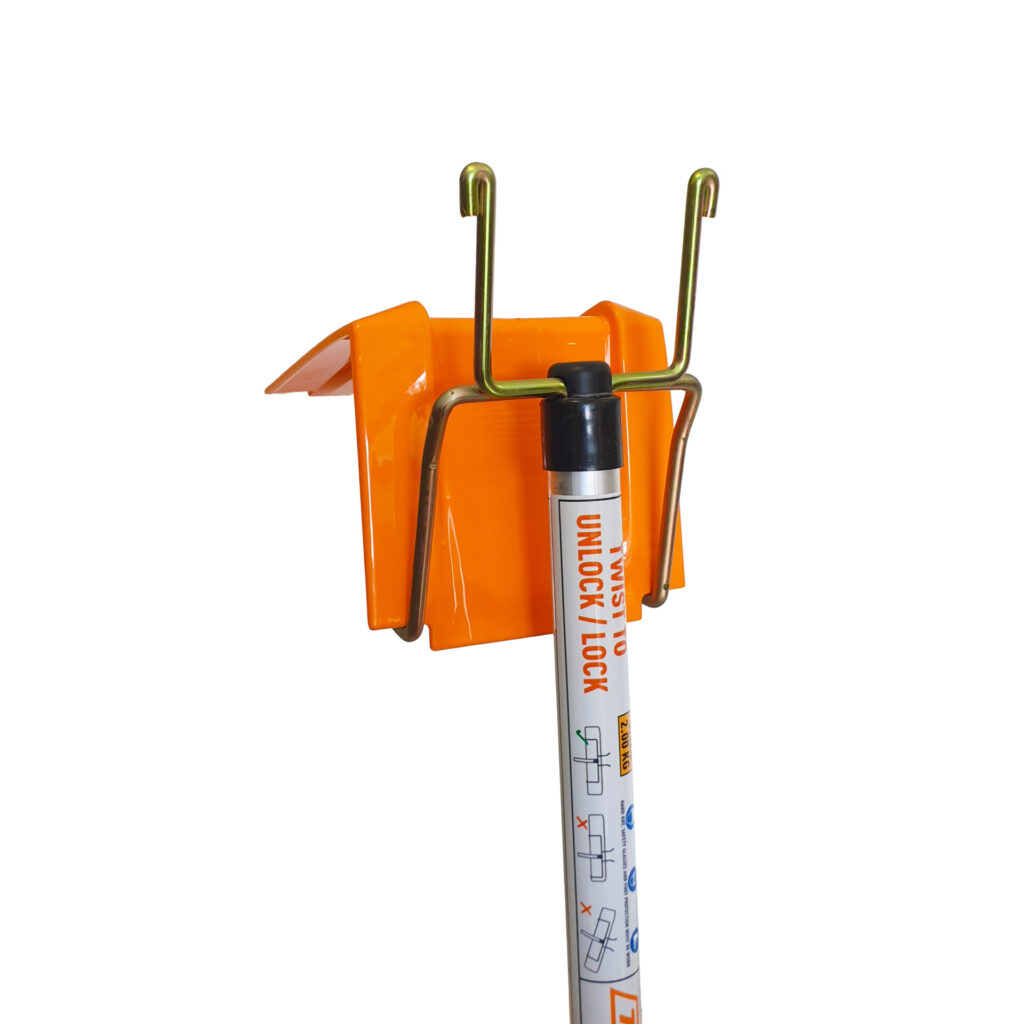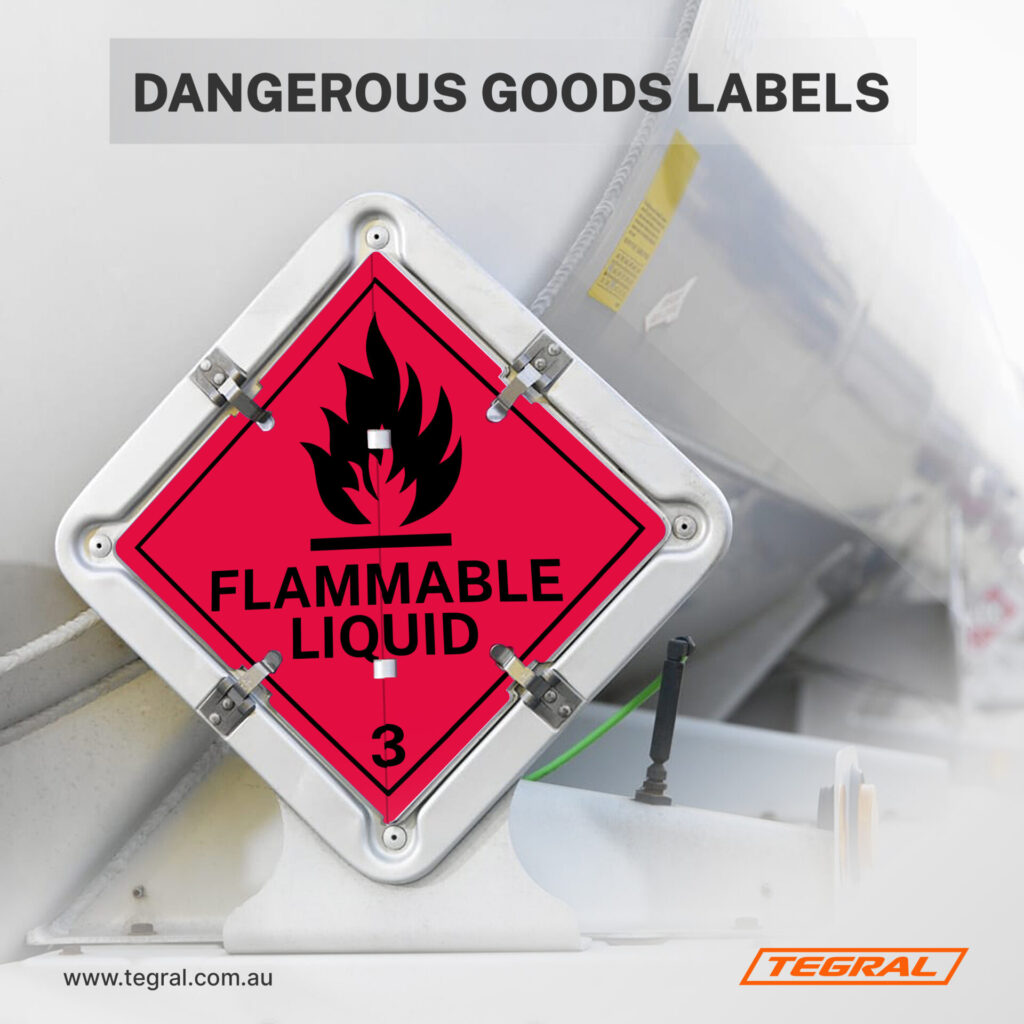10 Essential Tips for Truck Drivers to Stay Awake on the Road
How do truck drivers stay awake on the road? Driving for hours isn’t easy. Everyone has their own tried and true tips and tricks that keep them going. It’s also important to know if you are suited for overnight driving – some people just aren’t. As we all know, long …
Read MoreHow to Enhance your Supply Chain Management: Transport Companies
Efficient supply chain management is crucial for transport companies to stay competitive and meet customer demands. By adopting advanced strategies and leveraging technology, transport companies can significantly enhance their supply chain management and operations. Here’s how: 1. Implement Advanced Technology Utilise telematics and GPS tracking to monitor fleet locations in …
Read MoreWest Gate Tunnel Reaches Key Construction Milestone
Melbourne’s West Gate Tunnel project has reached a significant milestone with the completion of the entire road surface on a series of critical connections. The project, aimed at enhancing the city’s infrastructure, saw crews laying the final concrete road surfaces on bridges and elevated roads that will soon connect the …
Read MoreTegral’s Small and Mighty Strap Angle
Are you tired of cutting down pallet angles? Don’t you just wish that there was something that perfectly fit your ratchet straps and adapted to the shape of the load? We know these struggles as well as anyone, and that’s why we created the Strap Angle. This small but mighty …
Read MoreWA Changes Signage Requirements to indicate Road Train Length
Beginning 1 July, Western Australia will pioneer new pictorial length signage on road trains to enhance road safety. This initiative aims to provide clearer visual cues to other road users, helping them better gauge the length of the road trains in front of them. By knowing the size of these …
Read MoreNSW Implements Seatbelt Detection with Speed Cameras from July 1
New South Wales has introduced a significant road safety measure with speed cameras now enforcing seatbelt laws as of July 1. Drivers and passengers caught without a seatbelt will face fines up to $410 and a minimum of three demerit points. This new regulation is being enforced by existing mobile …
Read MoreUnderstanding Dangerous Goods Labelling Requirements: A Comprehensive Guide
Understanding Dangerous Goods Labelling Requirements: A Comprehensive Guide Below are the 9 hazard labels for the 9 classes of dangerous goods. Class 1: Explosives This includes items such as: Class 2: Gases These can be transported as: Divisions within Class 2: Class 3: Flammable Liquids This includes liquids with a …
Read MoreMaxibinders: Ultimate Guide
What are they? Maxibinders, designed by Austlift, are a modern solution for securing cargo, favoured by numerous transport companies. Designed with a strong emphasis on safety, market reports indicate a significant reduction in workplace accidents since replacing traditional lever load binders with a Maxibinder. Its ergonomic design stands out, featuring …
Read MoreTeam Global Express Secures $480M Partnership with Texel Air, Expands Fleet
Logistics giant Team Global Express has unveiled a significant $480 million partnership with trans-Tasman cargo airline Texel Air Australasia. This seven-year deal has added four upgraded Boeing 737-800 BCF freighter aircraft to the company’s domestic fleet, replacing older models and boosting cargo capacity by an additional 4000kg. Commencing in June, …
Read MoreThe Essentials of a Compliant and High-Quality Grab Hook
When it comes to securing loads with chains, the type and quality of grab hooks used are critical to ensuring safety and maintaining the integrity of the chain system. Types of Shortening Hooks There are two primary types of shortening hooks used on chains: Grab Hooks Plain: Winged: Claw Hooks …
Read MoreNHVR Launches Extensive 12-Week Truck Inspection Campaign
The National Heavy Vehicle Regulator (NHVR) is set to embark on a comprehensive series of random mechanical inspections across Australia, targeting thousands of trucks, buses, and special purpose vehicles. This initiative is part of the NHVR’s 2024 National Roadworthiness Survey (NRS), with inspection sites springing up nationwide from July for …
Read MoreHow To: The Ultimate Guide to Tensioning Webbing and Ratchet Straps
How To: The Ultimate Guide to Tensioning Webbing and Ratchet Straps Properly tensioning webbing straps is critical for securing loads safely and efficiently in trucking operations. This guide will explore the methods and best practices for tensioning webbing straps using various tools and techniques. Types of Tensioning Tools Webbing straps …
Read MoreVTA Criticises Deferral of Melbourne’s Western Freight Hub
The Victorian Transport Association (VTA) has voiced strong concerns over the state government’s decision to postpone the development of the Western Interstate Freight Terminal (WIFT) in Truganina, prioritising the Beveridge Intermodal Freight Terminal instead. VTA CEO Peter Anderson criticised this move, highlighting that it would lead to increased truck traffic …
Read MoreEssential Guide to Vehicle and Mobile Equipment Restraint
Transporting vehicles and mobile equipment requires adherence to safety standards to ensure secure transit and prevent accidents. This guide, based on best practice demonstrated in the Load Restraint Guide, provides an overview of the best practices for restraining rubber-tyred, steel-wheeled, and tracked vehicles. Manufacturer’s Recommendations Always start by consulting the manufacturer’s loading …
Read MoreFatality Free Friday: NHVR’s Commitment to Road Safety Awareness
The National Heavy Vehicle Regulator (NHVR) is once again championing the Fatality Free Friday initiative, reinforcing the importance of road safety for all Australian road users. In 2023 alone, 1,270 lives were lost in road accidents, highlighting the pressing need for initiatives like this. NHVR CEO Sal Petroccitto emphasises that …
Read More




